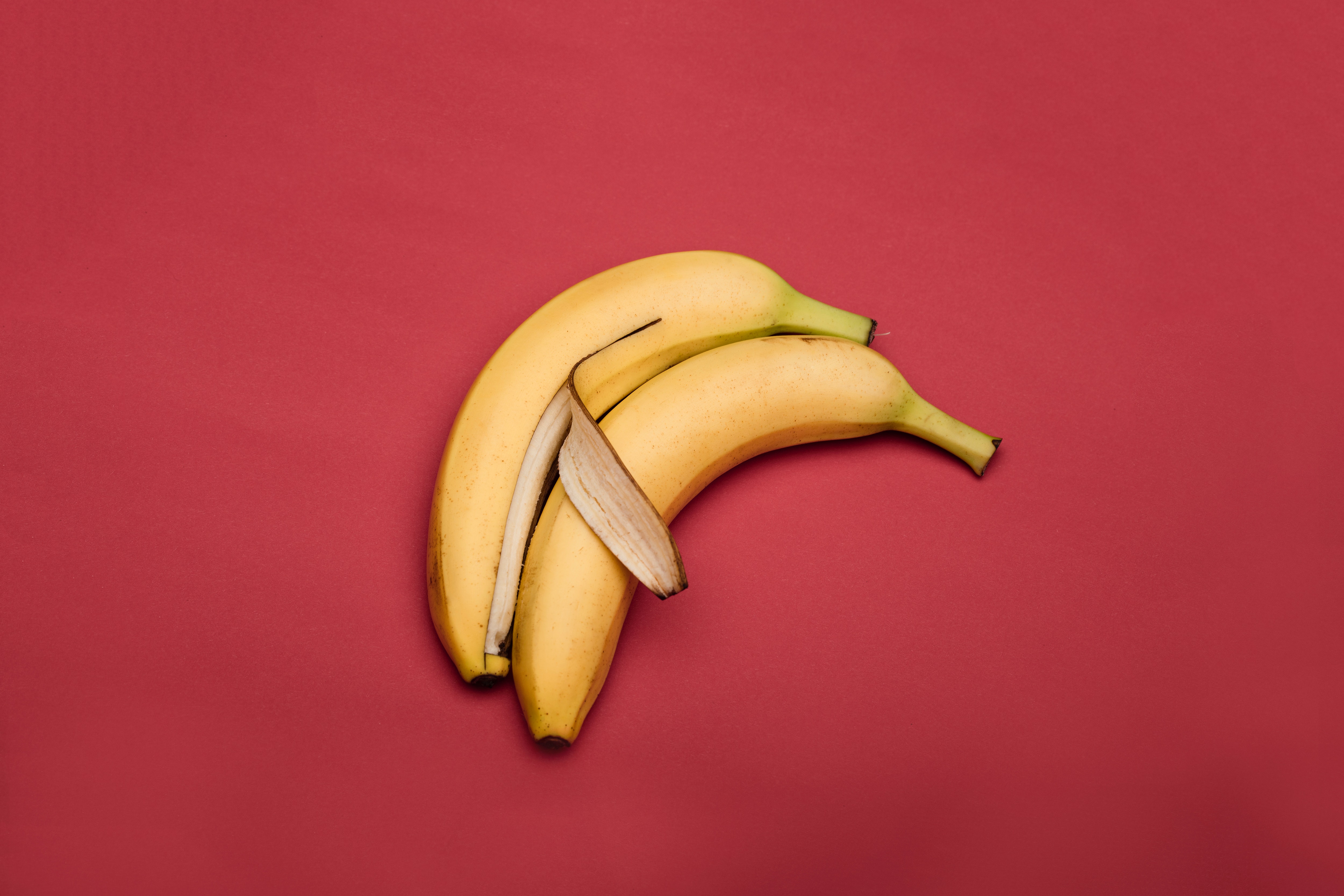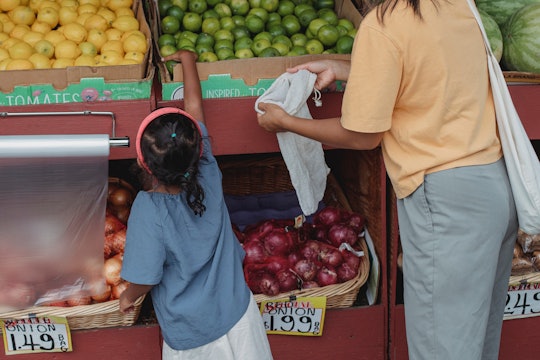The butyrate produced by your gut bugs is good for your health
Gut bacteria make butyrate when they break down resistant starches. But the science of how you can boost it is proving to be personal
You are what you eat — and the microbes that help you eat it. For humans, digestion is a team effort with a roster of hundreds of species of intestinal bacteria helping us to break down foods we wouldn’t be able to process otherwise. But our bacterial tenants do a lot more than just process food. Research continues to show that everything from diabetes to IBS, colon cancer, and even mental health seems to be tangled up in the microbiome.
While it’s clear that having a healthy microbiome is important for our own health, it’s still not clear exactly what the word “healthy” should mean when used to describe 100 trillion microbes living in our guts.
One characteristic of the microbiome with promising links to health is its capacity to degrade "resistant starch." A kind of dietary fiber, resistant starch is simply starch that can’t be digested using human enzymes alone. It passes from the stomach into the large intestine relatively unscathed, where it is broken down into smaller carbohydrates and then fermented by our gut microbes. This fermentation process produces short-chain fatty acids (SCFAs) including one called butyrate. Many of the health benefits associated with eating resistant starch are closely tied to butyrate production, unlike other kinds of dietary fiber.
Butyrate is the preferred energy source for colon cells, and butyrate production by the gut microbiome is thought to reduce colonic inflammation and potentially even suppress colon cancer. In one study of over 1,500 adults in the Netherlands, researchers were able to prove a causal relationship between butyrate production in the gut and reduced insulin resistance.
Unfortunately, the precise links between dietary resistant starch, butyrate, and our health are unclear. For one, not everyone reacts to resistant starch the same way. Previous studies in which scientists tracked the amount of butyrate in fecal samples from study participants showed that different people respond very differently to the same “dose” of resistant starch — on average, participants saw increases in their butyrate levels after eating resistant starch, but their responses were highly variable and a few didn't show any change in fecal butyrate levels at all.
Darrell Cockburn and June Teichmann at the Penn State Department of Food Science set out to tie these variable outcomes back to the microbiome. Their results were recently published in Frontiers in Microbiology. “You know, we all know that everyone’s microbiome is different,” said Cockburn. “But does that have functional consequences in terms of interaction with your diet?”
To find out, they recreated colonic fermentation in the lab by growing microbial cultures derived from fecal samples from ten people. They fed the cultured microbiomes 12 different kinds of starch, including 10 types of resistant starch, that had been pre-treated with human enzymes to mimic digestion.

Butyrate production by the gut microbiome is thought to reduce colonic inflammation and potentially even suppress colon cancer.
cottonbro / Pexels
“Obviously, in an ideal world you do everything like this with human trials,” said Cockburn. “But the SCFAs like butyrate that we’re interested in here are actually absorbed in the intestinal tract, so trying to make the connection between what actually makes it through into the feces and what’s actually produced while passing through the intestinal tract is not necessarily easy. In vitro, what you see is what you get.”
Taking microbes out of the gut and into the lab also allowed Cockburn and Teichmann to exercise tight control over the “diets” of each microbiome. In a human trial, each participant would presumably have a different diet in addition to any supplemented resistant starch, which could interfere with results. But isolated gut microbiomes grown outside the body, or in vitro, can easily be fed a standard growth medium and kept under controlled conditions. This made it easier to go hunting for links between specific bacteria, specific starches, and butyrate production by the gut microbiome.
The microbiomes were picky. Two of the tested microbiomes responded well to every resistant starch tested, but most played favorites. These pickier microbiomes produced more butyrate only when provided with a small handful of specific starch sources. Some preferred potato starch, some liked tiger nut four, and others preferred resistant starch from wheat or maize. Two particularly finicky microbiomes only responded to one kind of starch (but, of course, not to the same kind). Only one source of resistant starch, banana flour, increased butyrate production in almost all microbiomes.

Only one source of resistant starch, banana flour, increased butyrate production in almost all microbiomes.
Photo by Deon Black / Pexels
Oddly, the total number of butyrate-producing organisms in a microbiome didn’t have a strong effect on butyrate production. Rather, it was the composition of the microbiome — that is, the species present and their respective abundances — that mattered most. All microbiomes contained organisms that can produce butyrate under some, but not all, conditions. But, not all butyrate-producing microbes were equally responsive to resistant starch. Specifically, higher numbers of Faecalibacterium prausnitzii, Eubacterium rectale, and Roseburia faecis correlated with increased butyrate production compared to other kinds of butyrate-producing bacteria.
The researchers also found a link between the abundance of a resistant starch-degrading microbe called Ruminococcus bromii and the abundance of other “good” butyrate-producing bacteria. R. bromii also reduced the growth of the problematic microbe Clostridioides difficile, which can attack the lining of the intestine and cause inflammation. “If everyone ate a lot and diverse [types of] fiber, probably this would be irrelevant,” Cockburn said. “But it seems like it’s impossible to get people to consume enough and varied amounts of fiber in their diet."
As an alternative approach, "if we can’t get them to just consume everything let’s find out which ones are going to give them the most bang for their buck," he continues, "so they can get at least some, if not all, of the potential health benefits that that sort of diet microbiome can produce.”
Moving beyond a one-size-fits-all approach to diet and nutrition is a major promise of gut microbiome research. When the Human Microbiome Project launched in 2007 it cost about $100 to sequence one megabase (1 million bases) of DNA. Today, DNA sequencing costs about one penny per megabase, and determining the community composition of a microbiome via the popular 16S rRNA sequencing method can cost less than $30. Thanks to these lower costs, it’s feasible to imagine a future in which microbiome sequencing is a commonplace part of your yearly checkup or an appointment with a nutritionist.
“We’re not the first to suggest this or show evidence of this,” said Cockburn, “but I think this is another demonstration that not everyone is going to respond the same way to a given diet — and that having an idea of what’s best for your personal microbiome has the potential to enhance health.”
Butyrate and resistant starch are just one aspect of a very complicated system, but finding clear links between the microbiome and health-related outcomes of diet is an important step towards building that future. With more research, some researchers anticipate that one day our understanding of the microbiome could allow us to potentially develop better strategies for treating and diagnosing disease, and for preventing disease in the first place.
“It’s not necessarily about finding a disease-causing organism within this and eliminating it. That’s the sort of traditional way we think about treating microbial disease," Cockburn said. "And I think it’s more about understanding the connections and understanding how we can influence the community in certain ways.”





One of the downsides of 16S sequencing is that you can get a good idea of what microbes are there, but not what they’re doing. Some other microbes might be responding to starch in ways that aren’t measured through 16S sequencing.
Nonetheless, it is very interesting to see these large human studies influence health. I also really like the last quote from Dr. Cockburn about better understanding the connections between a microbial community and their hos